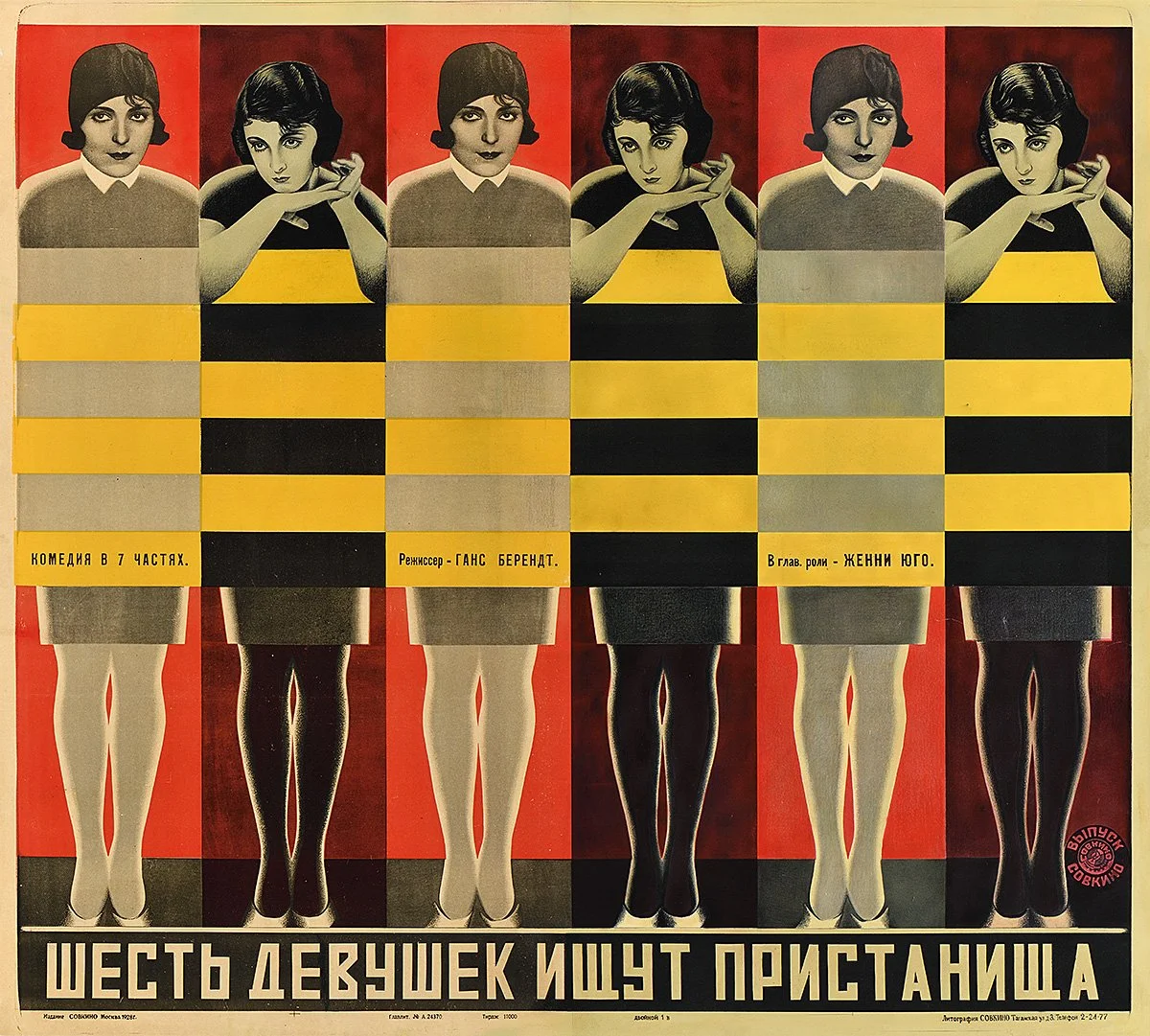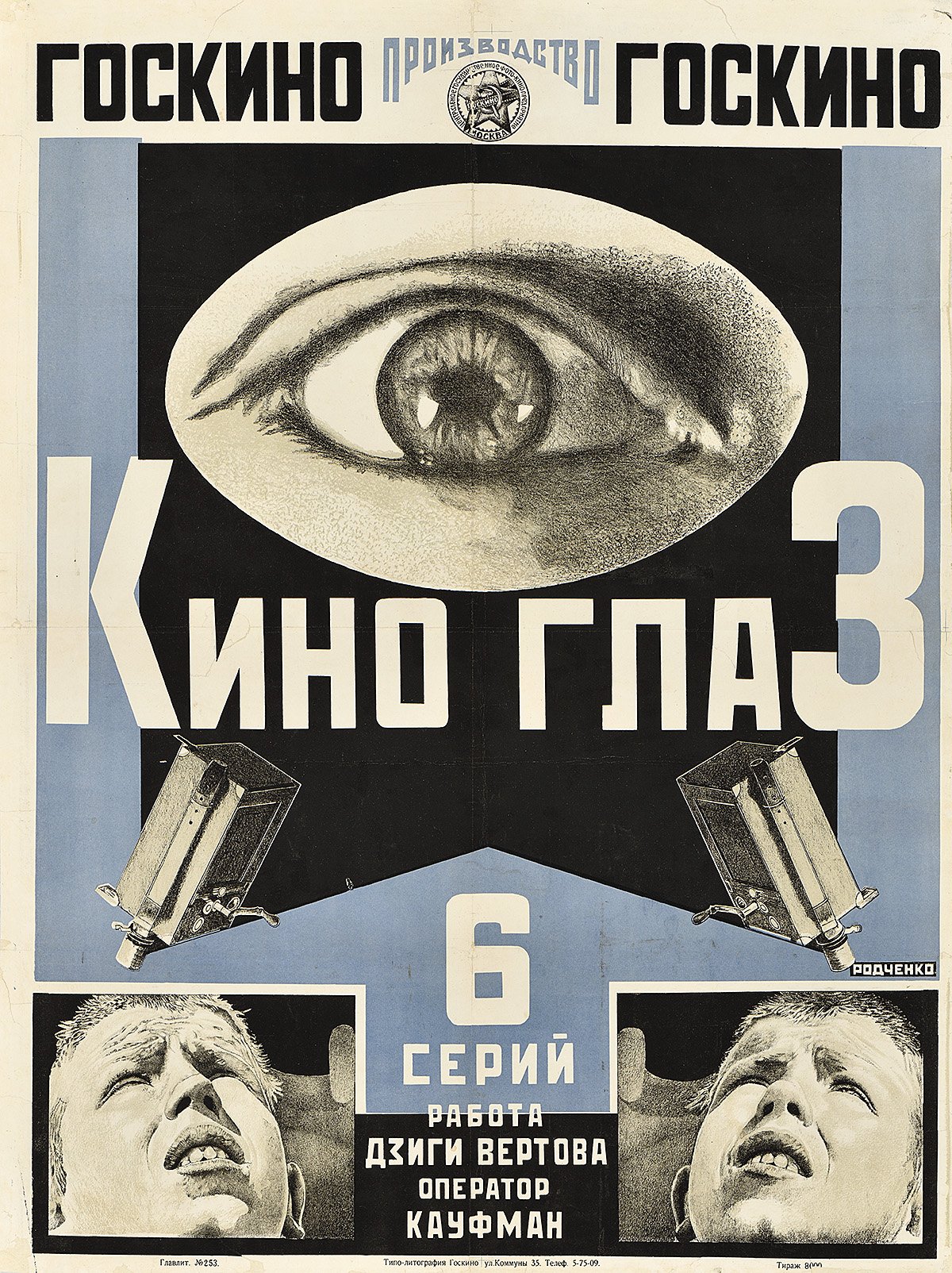The Critic magazine, U.K., September-October 2022
Studio: The English baroque architecture of New York
Climbing around, looking up, and zooming in: the delights of Beaux-Arts architecture in New York
Just as Augustus found Rome a city of bricks and left it a city of marble, New York’s robber barons found a city of brownstones and left it a city gilded in gold. From 1870 to 1930, between the end of the Civil War and the start of the Great Depression, this Gilded Age defined the city in ways that continue to enrich its existence today. Amidst the forest of cookie-cutter high rises that now slice through the city skyline, it can be easy to miss the great Beaux-Arts architecture that resulted from these earlier aspirations. Still, most New Yorkers live for what remains of this age of exuberance, especially compared to the International Style of the last 70 years that has brutally tried to supplant it.
The lavish 412-page book with around 300 new colour photographs in large format folio
New York would be little more than another faceless glass-and-steel city were it not for its Gilded Age buildings and institutions —from the main branch of the New York Public Library and Grand Central Terminal to the many forgotten remnants we delight in rediscovering and now fight to preserve. An American Renaissance: Beaux-Arts Architecture in New York City, written by Phillip James Dodd with photography by Jonathan Wallen, is a gilded embrace of this legacy. Produced by Images Publishing, the lavish 412-page publication with some 300 new colour photographs in large format folio takes us up close and personal with 20 of the finest examples of Beaux-Arts architecture, arranged chronologically, that continue to enliven the city today.
1 – Gould Memorial Library with its rotunda
The book reminds me of my own memorable moments of urban discovery, such as stepping up into the golden rotunda of the Gould Memorial Library [1] (Stanford White, 1899-1901) and walking in the falling snow around the mausoleums of Woodlawn Cemetery (built between 1884 and 1920). I will never forget that feeling of standing inside the small laureled chamber of the Soldiers & Sailors Monument (Charles and Arthur Stoughton, 1902) or looking up for the first time at the celestial vault of Grand Central (designed by Reed & Stem with Warren & Wetmore, 1913) after it was cleaned of decades of cigarette smoke in the 1990s. Or how about settling into a book in the main reading room of the Public Library [2] (Carrère & Hastings, 1911) or having a drink in what was originally the Samuel Tilden House (remodelled by Calvert Vaux in 1884)?
This book collects all of these Gilded Age impressions and suggests we have much more to see. Who knew about the polychromed classicism of the Williamsburgh Savings Bank (George B. Post, 1875) or the Byzantine splendour of the Cunard Building (Benjamin Wistar Morris, 1921)? Climbing around, looking up, and zooming in, Dodd and Wallen have done the job of revealing these delights, ones that might be new to those who live across the pond or even right next door.
2 -New York Public Library’s Astor Hall
Despite living just down the block from the General Grant National Museum [3] (John H. Duncan, 1897), I am ashamed to say I have never set foot inside the building, based on the mausoleum at Halicarnassus, that illustrates the book’s cover. That means I have yet to answer, with absolute certainty, Groucho Marx’s famous question from the 1950s quiz show You Bet Your Life, “Who is buried in Grant’s Tomb?”
Julian Fellowes supplies a foreword for the book. It is clear that Gilded Age architecture has recently been on his mind. Rather than a mere costume drama, The Gilded Age, his new television series, is more like an architectural drama, as architecture and architects are the scene stealers of the show. “In the space of 70 years the city’s population exploded from 123,000 in 1820 to over two million in 1890,” he writes in the book. Reflecting the city’s burgeoning wealth and aspiration, “the Beaux-Arts style came to the United States, and in particular to New York, at precisely the right moment”.
The General Grant National Memorial, based on the mausoleum at Halicarnassus
The architecture was lavish and drew freely from eclectic sources, from Imperial Rome and the Italian Renaissance to the French baroque and farther afield.
“Stanford White based his design for the rooftop at Madison Square Garden II on the Giralda in Seville;” Fellowes writes, “his rotunda at Gould Memorial Library emulated the Reading Room at the British Museum in London; and the façade of the Metropolitan Club was heavily influenced by the Reform Club on London’s Pall Mall.”
Fellowes’s television series reminds us how the city’s great social tension was not so much between upstairs and downstairs as between old money and new—the old downtown Knickerbockers versus the new uptown Industrialists building palaces gilded with the riches (and even the walls) of Europe. To the old guard of Livingstons and Astors, the new regime of Huntingtons and Rockefellers were parvenus building their gaudy McMansions along Fifth Avenue—or make that MacMansions, as in the case of Andrew Carnegie, the son of a poor Scottish weaver who became the richest industrialist in America.
The Alexander Hamilton US Custom House
Such rags-to-riches stories were the norm in this Gilded Age. With an essay by Richard Guy Wilson and informative descriptions by Dodd, the book is full of gilded images and observations. Born in rural Pennsylvania, Henry Clay Frick learned to mine coal, and turn it into coke. He helped found U.S. Steel, and built an art-filled mansion on Fifth Avenue (now The Frick Collection; Thomas Hastings, 1914).
Frank W. Woolworth arrived from rural New York and got the idea of his “five-and-dime” variety store while working as a stock boy, and erected the tallest building in the world on lower Broadway (The Woolworth Building; Cass Gilbert, 1913). Americans “are instinctively in sympathy with the Renaissance,” observed Bernard Berenson, as New Yorkers in particular saw the flowering of classical civilisation in their own lush ascendancy. As Otto Kahn famously told the architect of his own Fifth Avenue Mansion (J. Armstrong Stenhouse with C.P.H Gilbert, 1918): “It’s a sin to keep money idle.”
Just as the old guard resented such exuberance, a corporate chastity took hold of the city following the Great Depression and belted it in steel cages. As new money became old, aging industries gave way to the abstractions of high finance and the poker face of a new ahistorical style. The Gilded Age has always had its enemies. “The golden gleam of the gilded surface hides the cheapness of the metal underneath,” Mark Twain lamented way back in the 1870s. It might have been superficial, but still it proved to be New York’s Golden Age, as these twenty glistening survivors attest.













